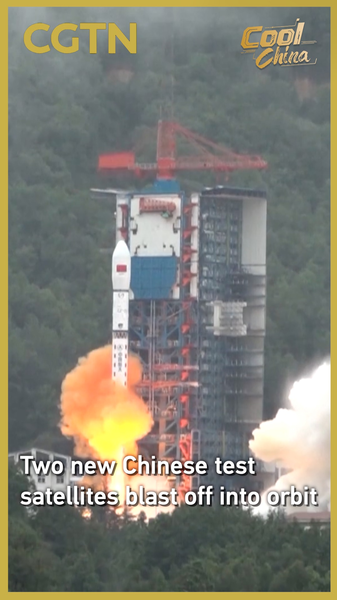On Monday, the Chinese mainland’s Xichang Satellite Launch Center in Sichuan province lit up as a Long March-2D rocket lifted off, carrying two new test satellites—Shiyan-30 01 and 02—into orbit.
The pair entered their preset paths successfully at 11:00 a.m., marking the 598th mission of the Long March carrier series. Each flight adds fresh data to the aerospace testbed, supporting rapid innovation in satellite design, communications and earth observation.
For young global citizens and tech entrepreneurs, this launch highlights how iterative test missions accelerate real-world impact. With every orbit, engineers refine hardware, software and data services—paving the way for more precise climate monitoring, connectivity expansion and startup opportunities in emerging space markets.
Thought leaders point out that nearly 600 missions in a single rocket series underline a commitment to sustained progress. As space becomes a proving ground for breakthroughs in sustainability and digital infrastructure, these test satellites lay groundwork for applications from agriculture to disaster management worldwide.
Adventurous travelers and digital nomads also stand to benefit. Enhanced satellite networks mean richer maps, better internet coverage in remote regions and more accurate weather forecasts—tools that make global exploration safer and more sustainable.
Monday’s successful liftoff is another leap forward in a story of technological ambition on the Chinese mainland—and a reminder that collaboration and data-driven insights can bring our planet closer together.
Reference(s):
cgtn.com



